Lakelovers Discount Codes – Latest June 2025 Offers!
Discover all of the latest Lakelovers discount codes, voucher codes and offers for 2025 right here! Idyllically positioned in...
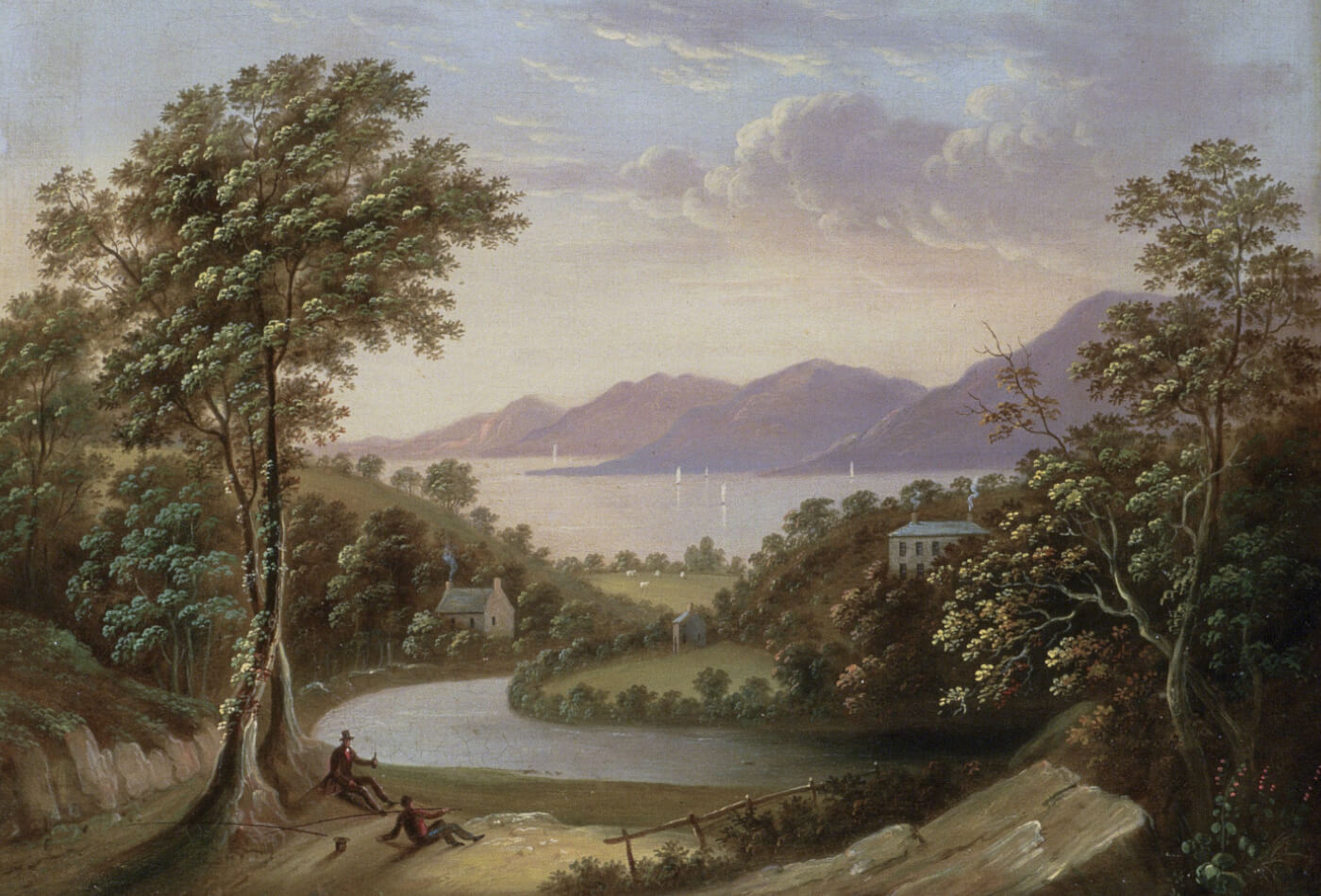
Today, the Lake District is one of the most visited and best-known national parks in the UK, drawing in millions of domestic and international visitors each year.
However, very few know the rich and detailed history of this beautiful region! So, if you’re hoping to learn all about the history of the Lake District, then you’ve come to the right place!
Keep scrolling to uncover the history of the Lakes and discover why so many people flock here for their holidays every year…
Although details are scarce, it’s generally believed by historians that the region was first settled at the end of the last Ice Age, around 10,000 years ago, during what’s known as the Neolithic Period (or “Stone Age”).
However, more evidence of human settlement came thousands of years later during the Roman occupation of Britain, which began after Julius Caesar invaded in 54/55AD. During this time, the occupying soldiers built what is now known as the Hardknott Roman Fort, found along the banks of Lake Windermere just on the edge of the town of Ambleside.
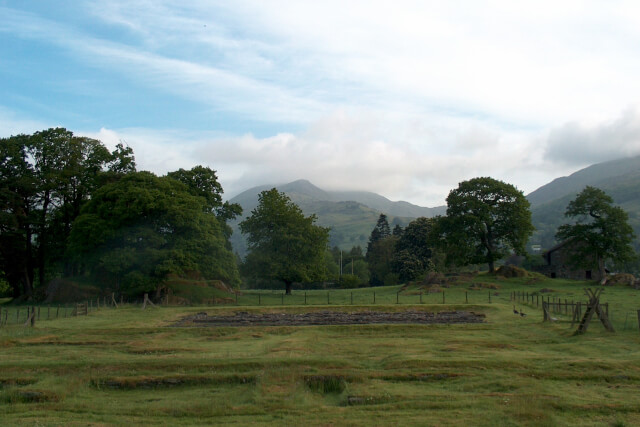
With the Roman occupation continuing until troops withdrew completely in 410AD, the next 600 years of the history of the Lakes is relatively undocumented. Although there is evidence that Viking invaders occupied the area during the 9th century, little is known about the history of the Lakes during this period until the Norman invasion in 1066 when William the Conqueror captured and took control of the Kingdom of England.
To solidify his position as the new king, William embarked on a brutal campaign known as the “Harrying of the North”, where his armies subjugated and destroyed large swathes of land, particularly around Yorkshire and Cumbria. By 1092, the area we now know as the Lake District finally came under William’s control.
Over the next 500 years or so, the region in-and-around what we now know as the Lake District was essentially considered to be “wildlands”, a place where neither the Kingdom of Scotland nor the Kingdom of England maintained total control.
During this time, ongoing hostilities raged on around the border with Scotland, where raiders (known as “Reivers”) would often launch attacks on travelling merchants and the towns and villages that stood on either side of the border.
However, all of this came to a swift end when James VI & I of England and Scotland vowed to restore order to what he referred to as the “Middle Shires”. This control lasted right through the 16th and 17th centuries until the formation of the United Kingdom, which came about in 1707 and unified the kingdoms of England and Scotland.
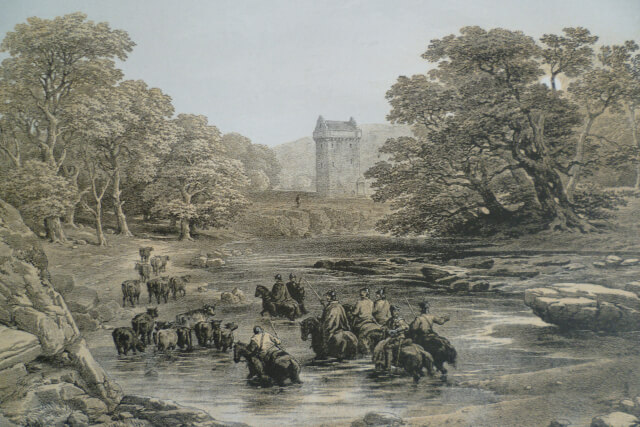
With the introduction of the British canal system, which is generally thought to have begun with the opening of the Sankey Canal in Cheshire in 1757, the Lake District found new ways to connect with the rest of the country.
The town of Keswick already had a flourishing market since being granted a charter in the 1200s, and with the wool trade falling out of the hands of the monasteries after their dissolution in the 1540s, local merchants looked for new ways to export their goods to the rest of the county. This was further accelerated with the onset of the Industrial Revolution, which occurred in-and-around the north of England in the 1760s.
Then, in 1830, the first passenger railway line in the world was opened between Manchester and Liverpool, during a period known as “Railway Mania”. In the following years, this new form of transport was developed across the country, with new railway lines being built between cities that helped accelerate the Industrial Revolution in Britain even further.
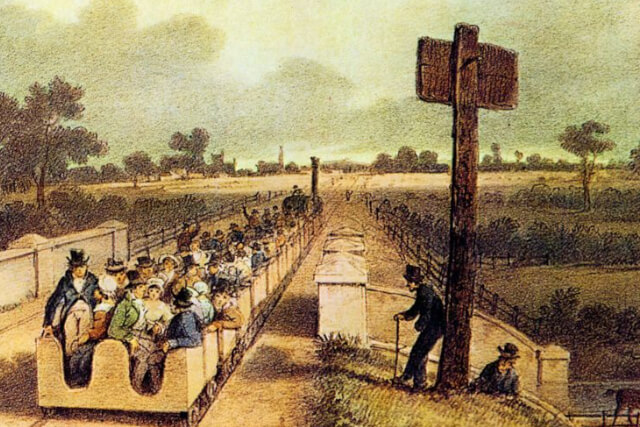
Just five years after the opening of the first passenger railway, famous author William Wordsworth wrote one of his most influential works, titled “A Guide Through the District of the Lakes in the North of England”. Born in the town of Cockermouth in 1770, his book described the many lakes, fells and mountains that call this region home.
Then, in 1847, the railway system expanded into the Lake District with the opening of Windermere station. Suddenly, many more people were given the opportunity to visit the region, and over the following decades, as Wordsworth’s book gained popularity, more and more people came to experience the magic of the Lake District for themselves. Over the coming decades, hotels began to open in the region’s growing towns like Bowness and Ambleside to accommodate for the increase in tourists.
From the opening of the railway station to the start of the 20th century, the Lake District experienced a rapid rise in tourism, with the region becoming a popular and fashionable place to go on holiday for the upper classes of Victorian society. With hotels like The Windermere and The Old England built to serve this new influx of visitors, they played an important part in the staycation boom that occurred during the second half of the century.
However, the popularity of the region was boosted even further by Beatrix Potter, one of Britain’s best-loved authors and the creator of Peter Rabbit, the first fictional character to be made into a stuffed toy. First appearing in The Tale of Peter Rabbit, published in 1902, it became a national success and earned Potter a great deal of fame and fortune. Then, in 1905, she decided to move to Hill Top, a cottage near the banks of Lake Windermere, a region she fell in love with after spending many holidays there as a child.
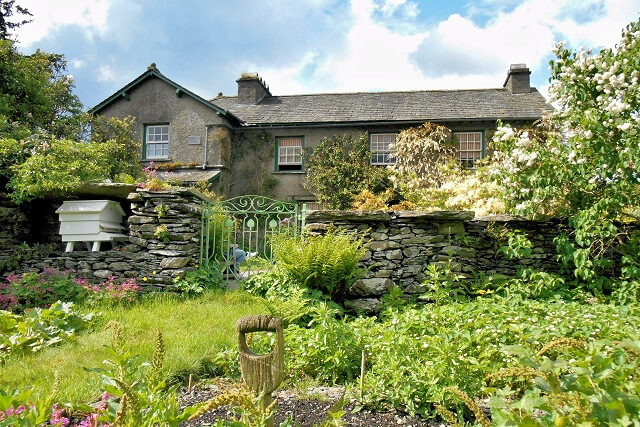
From the time she moved to the region until she passed away in 1943, she purchased over four thousand acres of surrounding farmland to preserve the pristine landscape and views. At the time of her death, she left the majority of her land to the National Trust, who continue to preserve the area to this day. Because of her dedication to preserving the land she owned, she is often credited as being one of the driving forces behind the creation of the Lake District as a national park.
In 1951, just a month after the establishment of the Peak District, the Lake District became England’s second designated national park. With the Second World War ending in 1945 and the economy slowly recovering over the following decade, Brits were now returning to places like the Lake District to spend their summer holidays. It also became a hotspot for water speed record breakers who flocked here in the late 1950s and 60s to race along lakes like Windermere and Derwentwater.
Since then, the Lake District has grown and developed into one of the best-loved national parks anywhere in the country, experiencing even more of a boost when staycations became popular again after the COVID-19 pandemic.
And there you have it – The history of the Lake District in a nutshell!
So, if you’re feeling inspired by the charm and beauty that has drawn people to this region for hundreds of years, then why not take a look at and consider booking one of these holiday cottages in the Lake District for your next staycation?
With plenty of things to do in the Lake District this summer and plenty of amazing Christmas markets in the Lake District for those of you hoping to get away around the festive season, there’s no limit to what you can get up to here, no matter what time of the year you happen to visit!
Image Credits: Bill Boaden – (CC BY-SA 2.0); G Cattermole – (Public Domain); A.B. Clayton – (Public Domain); David Dixon – (CC BY-SA 2.0); Daderot – (Public Domain)